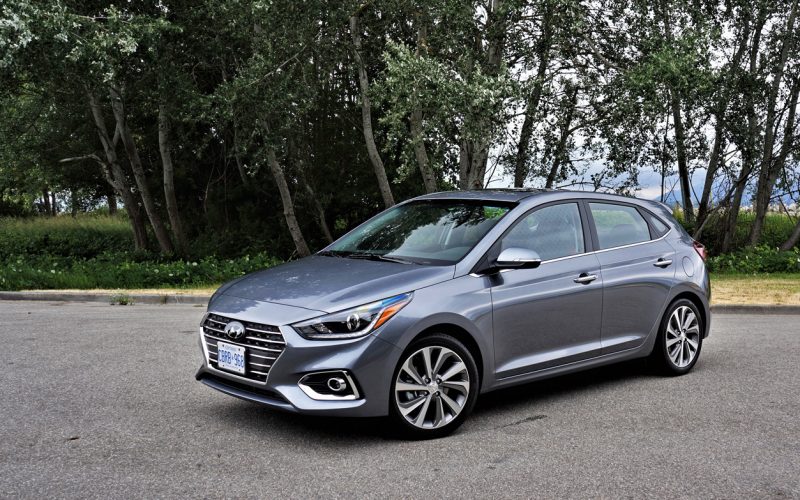
Hyundai’s popular Accent hasn’t changed all that much since generation-five was introduced for the 2018 model year. Still, the adoption of a new brand-wide trim level naming convention for the
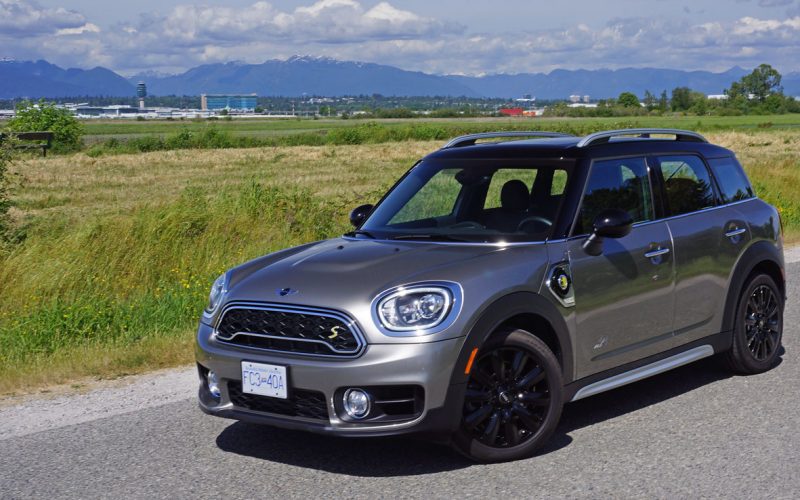
Together with the Mini Countryman being reviewed here, BMW group dominates Canada’s subcompact luxury SUV segment. In fact, with 8,078 collective sales last year, comprising 4,420 examples of the X1,
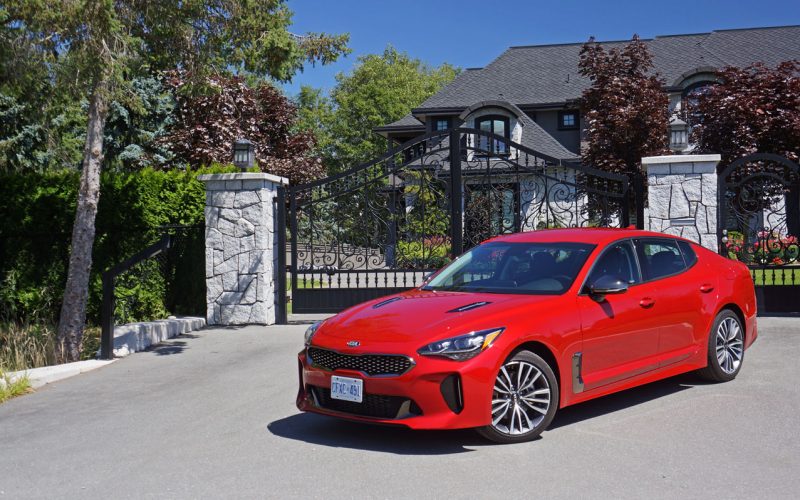
It seems every time I’ve had opportunity to get behind the wheel of Kia’s new Stinger something has come up. Either the car was damaged by a wayward journo or
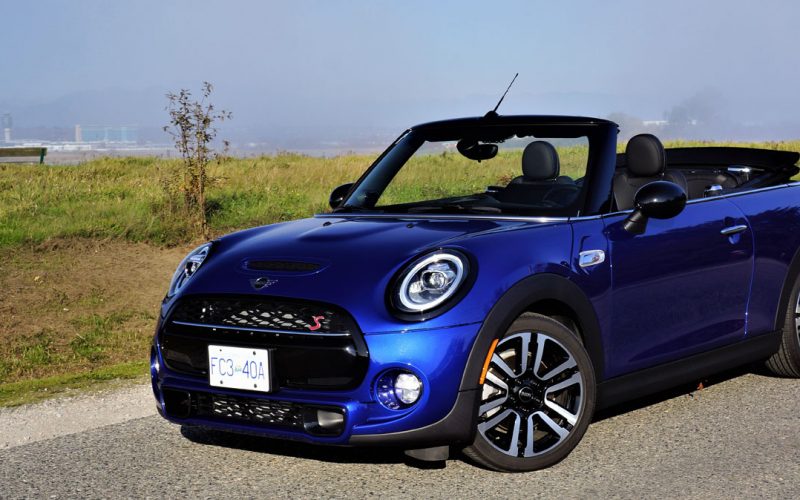
Mini is one of those brands that I almost completely forget exists until one of their cars is parked in my driveway, and then all of a sudden I can’t
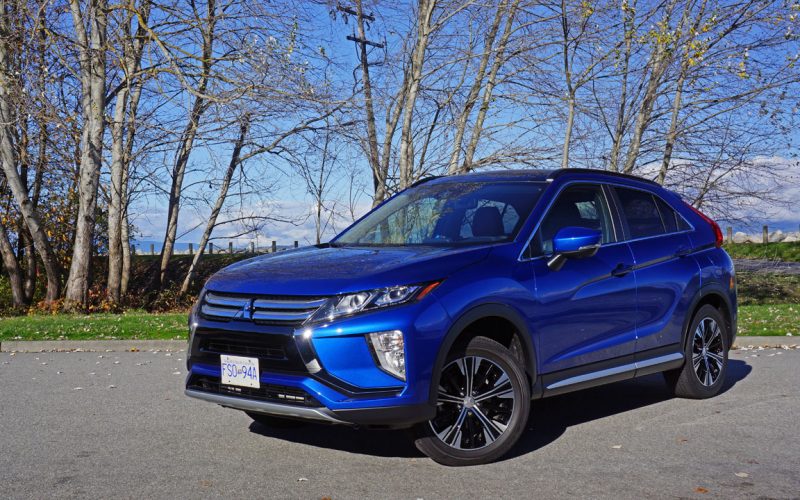
Remember the Eclipse? It was a 2+2 sports coupe along the lines of the Honda Prelude, Nissan 240SX and Toyota Celica, and like those classics it’s no longer available, having
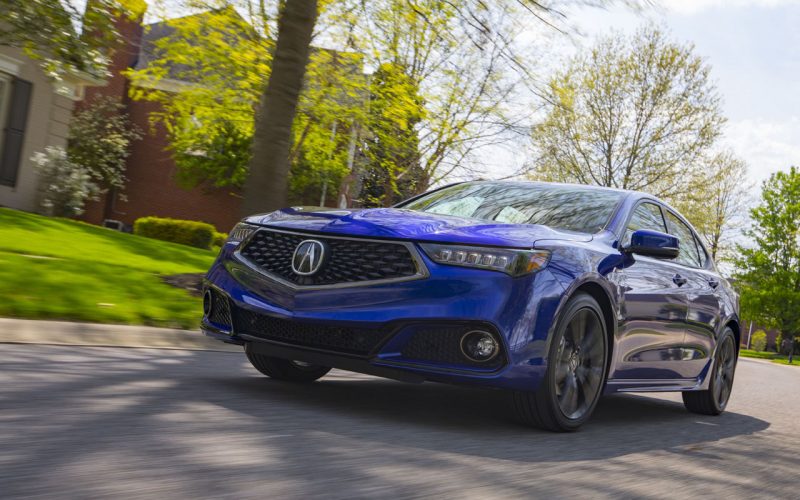
News that Acura would be making a sporty A-Spec version of its four-cylinder powered, front-wheel drive TLX should be well accepted now that it’s available, as the new variant costs